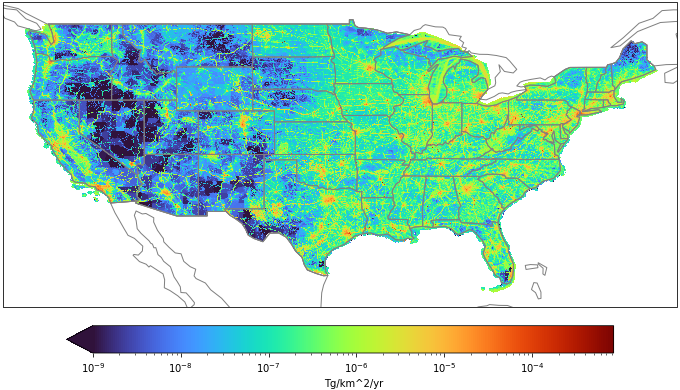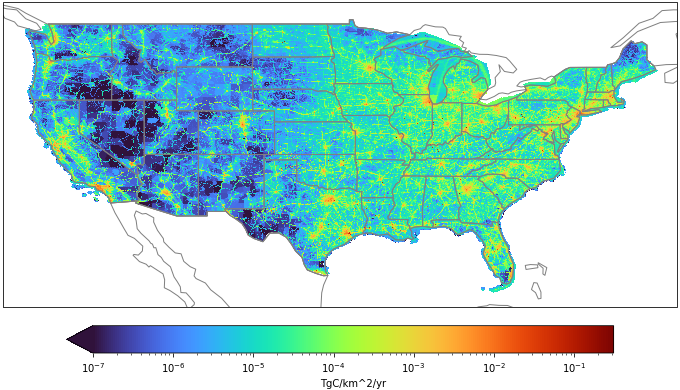NOAA's Chemical Science Laboratory and NIST's Greenhouse Gas Measurement Program are working collaboratively to develop and maintain a new Department of Commerce capability to measure and model U.S. emissions of greenhouse gases and hazardous air pollutants. A central focus of this joint research effort is the evaluation of associated uncertainties in order to better qualify the underlying data products and support the interests of researchers and stakeholders in both the traditional air quality (AQ) and greenhouse gas (GHG) mitigation communities.

This new capability will use publicly accessible GHG emissions activity data across multiple economic sectors, including energy production, manufacturing, transportation, and agriculture and land use, among others. This research will enhance the development of authoritative referenced "bottom-up" emission data and uncertainty evaluation at spatial and temporal resolutions relevant to both improving AQ and mitigating GHG emissions including city, State, and regional scales.
Uncertainty methodologies will be developed giving capability to map regions where improvements to data and models will be most beneficial. Novel combinations of emissions information qualified with rigorous uncertainty evaluation using statistical analysis methods developed for hazardous air pollutant emissions are expected to be applicable and transferable to characterize GHG emissions uncertainties. Collaborative research with other institutions that are developing similar data products, e.g., the UK's National Physical Laboratory (the UK's national metrology institute) and the EU's Environment Agency, are mutually beneficial.

Improving emissions modeling (often termed bottom-up modeling or estimation) reliability for both GHGs and hazardous air pollutants serves as a valuable complement to top-down estimates derived from atmospheric observations and analyses. This low-latency, publicly available information based on bottom-up and top-down estimates will be mutually consistent within their respective uncertainty margins, constrain each other, and support a consensus assessment of the atmospheric state. The emissions estimate will surpass performance of either individual approach.
Additional contributors to the research are anticipated and will be a welcome addition.
For further information, download the GRA2PES White Paper